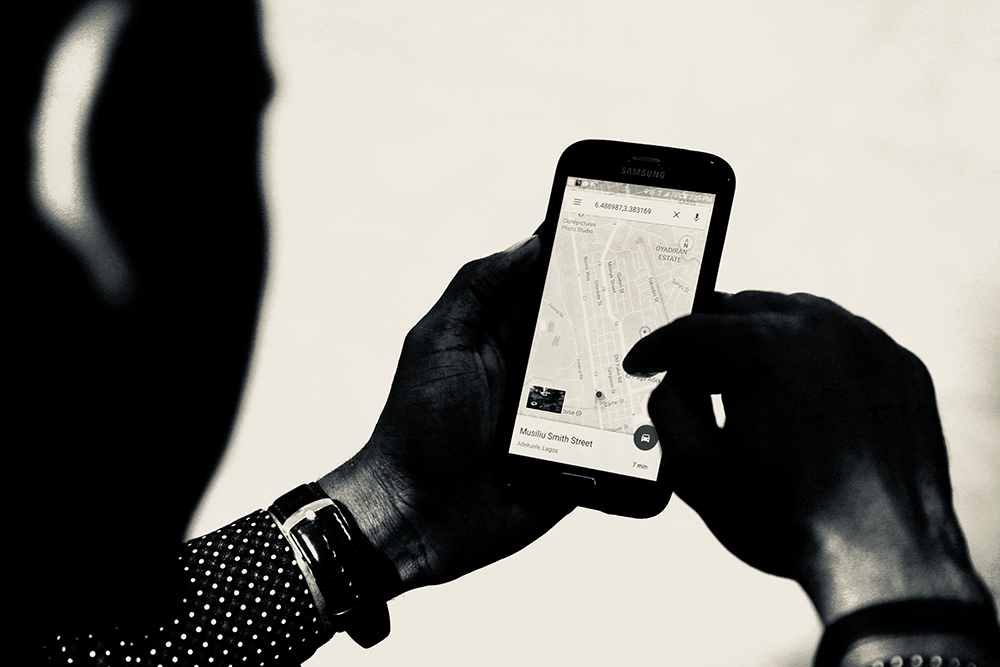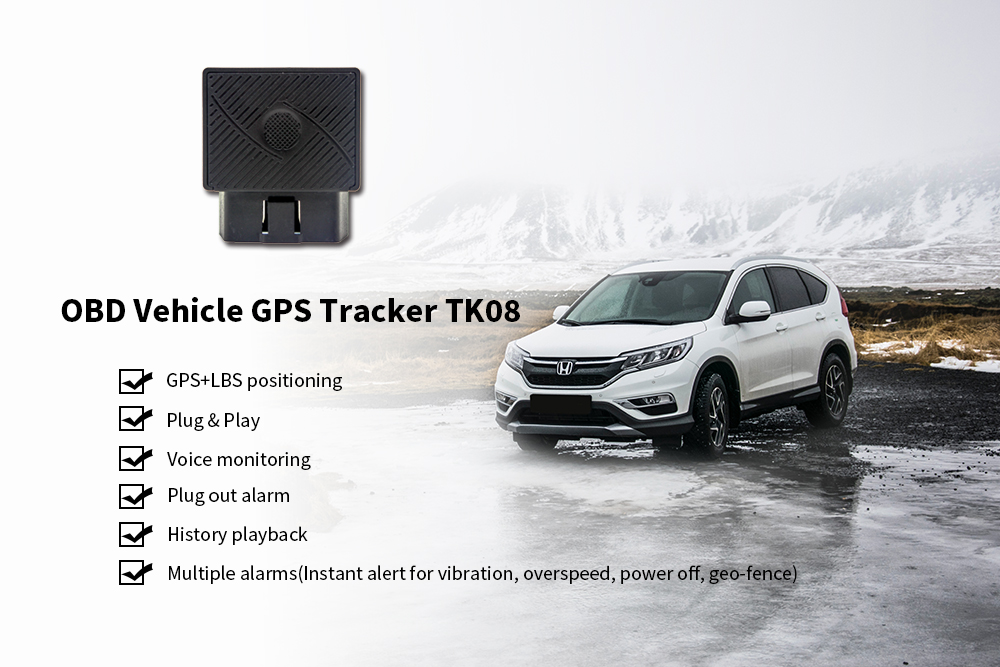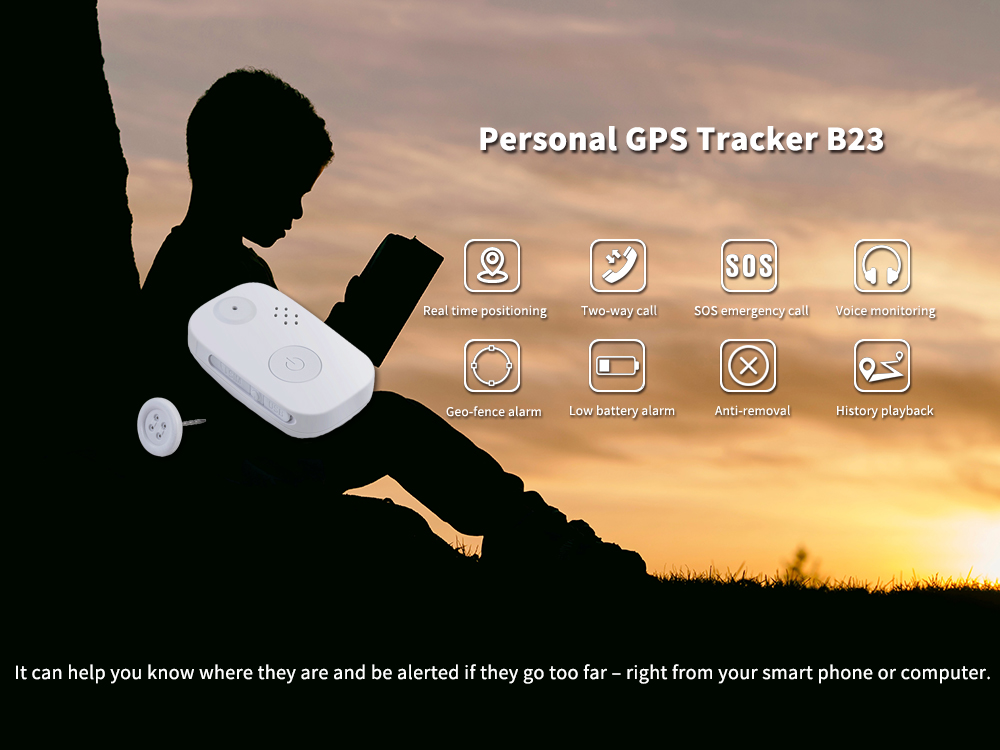

Global positioning system (GPS) trackers are portable devices that allow fleet managers, parents, and vehicle owners of all kinds to monitor and track their cars and trucks. Real-time GPS trackers for cars are capable of providing instantaneous speed and location data, while less expensive options record this type of information for later use. With some GPS vehicle trackers, it’s even possible to set up real-time alerts to go off whenever a driver speeds or deviates from a specific area.
How Do GPS Trackers Work?
GPS tracking systems use a method called ‘trilateration’ to determine their location. Not to be confused with triangulation, which measures angles. The tracker relies on global positioning satellites to pinpoint its exact location.
The difference between a GPS tracker and a car navigation system is that the navigation system provides you with your location and driving directions, while a tracker either keeps a record of your driving habits or broadcasts its location in real-time.
When a GPS tracker is capable of broadcasting its location, it typically uses the exact same technology that your cell phone does to make calls or connect to the internet. This is why some GPS car trackers require a monthly subscription fee.

How Do You Use a GPS Car Tracker?
Using a GPS tracker in your car is usually pretty easy, but the process is a little different from one device to the next. The main difference is the power source, but there is enough variation that it’s still a good idea to check the manual first.
Some GPS trackers are designed to plug into the onboard diagnostics (OBD-II) connector that is usually located under the dash near the driver’s legs. The benefit here is that these trackers get power directly from the diagnostic connector, so they’re extremely easy to use. If you’ve ever used a code reader or scan tool, then using this type of tracker is a breeze.
Other car trackers are designed to plug into a cigarette lighter or accessory socket, which also limits where you can install them. These trackers are very easy to install and use, but some of them will continue to draw power from your battery when you aren’t driving. In that case, you need to unplug the tracker to prevent your battery from going dead.
The most discreet car GPS trackers are powered by battery, which means they can be installed virtually anywhere. Since there is no external power source, this type of tracker has to be removed and charged periodically, or it will stop working.
Once you have a GPS tracker installed in your vehicle, you can use software on your computer, phone or tablet to view its location in real-time.
Learn more at:Vehicle GPS Tracker
Track Your Families or Pets
Wearable GPS trackers are the latest technology to protect families. They works as a cell phone and a way for you to track where your families are. These kinds of devices require a sim card to function, which means a contract with a network provider such as T-Mobile, or a pre-paid card. They give parents peace of mind while allowing the child to have a little more autonomy.
It’s a simple enough matter to download the required app to your smartphone and connect to the families’ device. GPS tags that simply reveal their location, without the extra functions of a wristband/watch can be hidden in backpacks and clothing.
There are many kinds of Bluetooth and RFID trackers available, but they have a limited range. Therefore a proper GPS tracker is better. It is a simple matter to attach a tag to their collar, install the appropriate app on your smartphone, and you and your pooch (or cat) are always connected.

Tracking devices can give you a false sense of security. They are not a fail-safe piece of magic. Always back them up with the precautions you would normally put in place. Trackers only add an extra layer of protection. They are NOT babysitters and should never be thought of as a substitute for parental attention. Nor for giving your children the skills and knowledge to deal with any situation they could find themselves in.


